Sterlot Eye Drop
₹121.5*
MRP ₹135
10% off
₹114.75*
MRP ₹135
15% CB
₹20.25 cashback(15%)
Free Delivery
With Circle membership
(Inclusive of all Taxes)
This offer price is valid on orders above ₹800. Apply coupon PHARMA10/PHARMA18 (excluding restricted items)
Know Your Delivery Time
Provide Delivery Location

Whats That

Secure Payment

India's Most Trusted Pharmacy

Genuine Products
Composition :
Manufacturer/Marketer :
Consume Type :
Return Policy :
About Sterlot Eye Drop
Sterlot Eye Drop is used to treat post-operative inflammation and pain following ocular surgery. Pain is an unpleasant sensation and emotional experience that is associated with tissue damage. Inflammation is the immune system's natural response to injury or infection. Sterlot Eye Drop is prescribed to treat redness and swelling (inflammation) of the eye.
Sterlot Eye Drop contains Loteprednol etabonate. It is a corticosteroid that works by blocking prostaglandins (a chemical messenger) in the brain that cause inflammation and swelling. Thereby, Sterlot Eye Drop helps treat inflammation and pain.
Sterlot Eye Drop is for ophthalmic use only. You are advised to use Sterlot Eye Drop for as long as your doctor has prescribed it. In some cases, Sterlot Eye Drop may cause watery eyes, irritation, itching, and foreign body sensation in the eye. Most of these side effects of Sterlot Eye Drop are temporary, do not require medical attention, and gradually resolve over time. However, if the side effects are persistent, reach out to your doctor.
Do not take Sterlot Eye Drop if you are allergic to corticosteroids or any ingredient of Sterlot Eye Drop. Also, do not use more than the prescribed dose of Sterlot Eye Drop, as it may cause glaucoma, fungal infections, and cataracts. Do not take any other eye medication with Sterlot Eye Drop, without consulting your doctor. If you have/had glaucoma (increased eye pressure), herpes simplex infection, any other eye problem, or are pregnant or breastfeeding, do not take Sterlot Eye Drop unless prescribed by your doctor.
Uses of Sterlot Eye Drop
Directions for Use
Medicinal Benefits
Sterlot Eye Drop contains Loteprednol etabonate. Sterlot Eye Drop is prescribed to treat eye inflammation and pain after eye surgery. It is a corticosteroid that works by blocking prostaglandins (a chemical messenger) in the brain, which causes inflammation and swelling. As a result, inflammation and pain are reduced after using Sterlot Eye Drop.
How Sterlot Eye Drop Works
Storage
Side Effects of Sterlot Eye Drop
- Watery eyes
- Irritation in the eyes
- Eye itching
- Foreign body sensation
What if I have taken an overdose of Sterlot Eye Drop
Drug Warnings
Inform your doctor if you are allergic to corticosteroids or any of the ingredients of Sterlot Eye Drop. Do not take more than the prescribed dose of Sterlot Eye Drop as it may cause glaucoma, vision problems, fungal infection or cataract. If you have or ever had glaucoma (increased eye pressure), herpes simplex infection, any other eye problem, are pregnant, do not take Sterlot Eye Drop unless prescribed by your doctor. Avoid using Sterlot Eye Drop if you are breastfeeding. Sterlot Eye Drop may cause temporary blurred vision, so drive only if your vision is clear.
Diet & Lifestyle Advise
Visit an optician regularly to monitor your eye condition.
Try to include heart-healthy omega 3 fatty acid containing food and drinks in your daily diet. You can also use low-fat cooking oil like olive oil, soybean oil, canola oil, and coconut oil.
Fruits and vegetables containing Vitamin A and C, help improve vision and recovery from the surgery.
Habit Forming
Therapeutic Class
Sterlot Eye Drop Substitute

Lotepred Eye Drops 5 ml
₹37.08per tabletLotel Eye Gel 5 ml
₹38.16per tabletLotevail Eye Drop 5 ml
₹32.40per tabletLotesurge 0.5% Eye Drop 5 ml
₹27.64per tabletEtapred 0.5% Eye Drops 5ml
by AYUR
₹25.92per tablet
Product Substitutes
Alcohol
Caution
It is unknown if alcohol affects Sterlot Eye Drop. Please consult your doctor for more information.
Pregnancy
Caution
Please consult your doctor as there are no adequate and well-controlled studies in pregnant women. Your doctor will prescribe only if the benefit outweighs the risks.
Breast Feeding
Caution
Please consult your doctor before using Sterlot Eye Drop if you are a nursing mother.
Driving
Caution
Sterlot Eye Drop can cause temporary blurry vision. So, do not drive or operate machinery until your vision is clear.
Liver
Safe if prescribed
Please consult your doctor if you have any concerns regarding the usage of Sterlot Eye Drop in patients with liver problems.
Kidney
Safe if prescribed
Please consult your doctor if you have any concerns regarding the usage of Sterlot Eye Drop in patients with kidney problems.
Children
Caution
Safety and effectiveness in pediatric patients have not been established. Please consult your doctor for more information.
FAQs
Country of origin
Disclaimer
Author Details
We provide you with authentic, trustworthy and relevant information

















